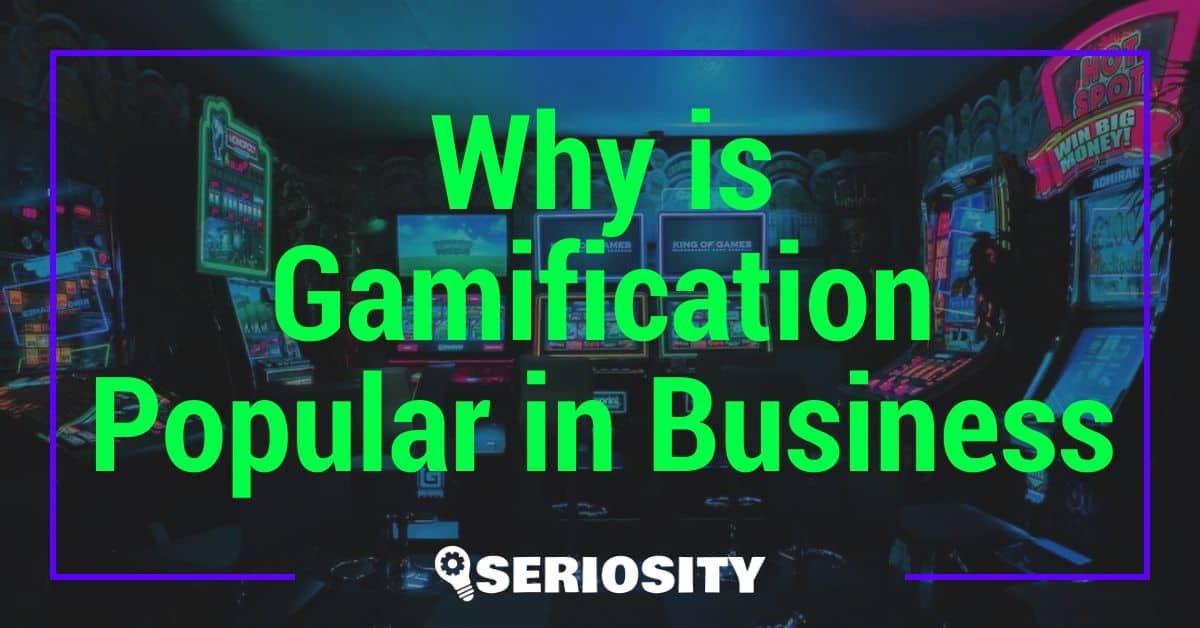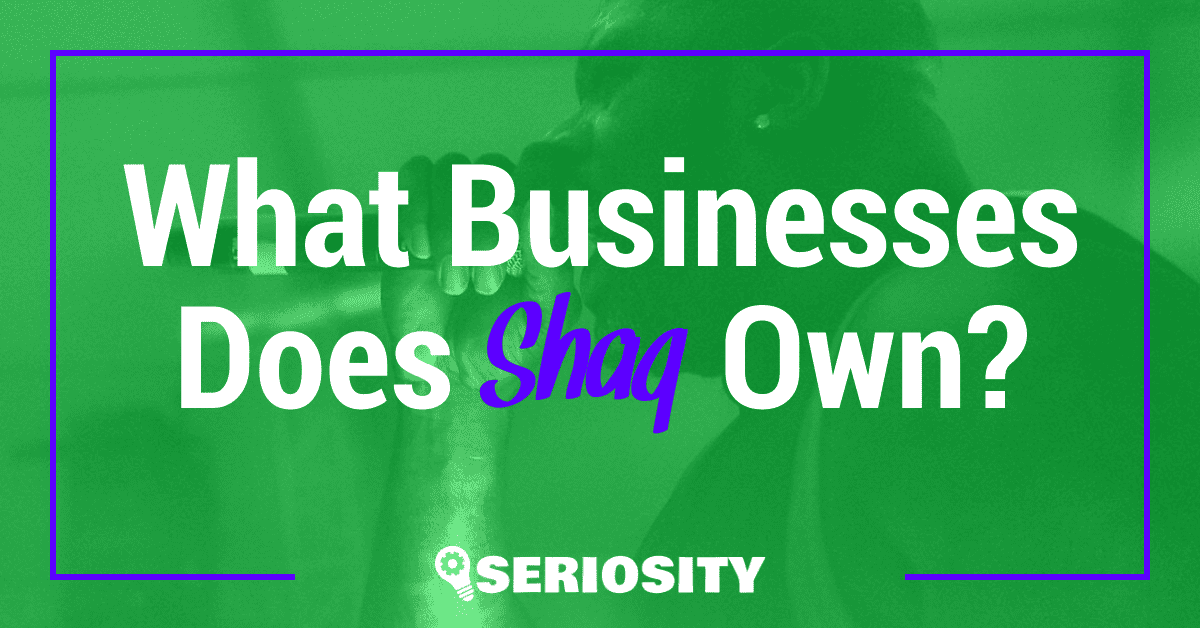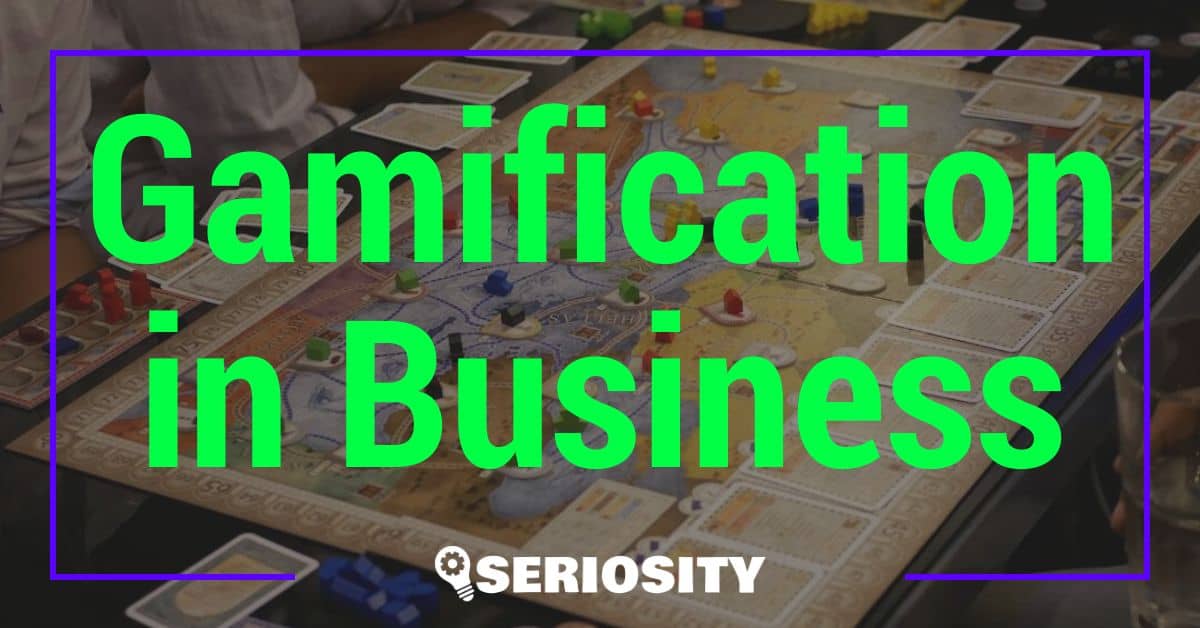Ever wondered who’s behind the electrifying world of WWE, where muscle, drama, and entertainment collide in the ring? It’s a question that might have crossed your mind while watching a high-octane match or a dramatic storyline unfold on your screen.

The ownership of WWE isn’t just about who signs the checks; it’s about the visionaries who’ve transformed a regional wrestling promotion into a global phenomenon. From its early days to its current status as a public company, the journey of WWE’s ownership is as fascinating as the action in the ring. Let’s dive into the world of body slams and business deals to uncover who truly owns WWE.
Key Takeaways
- WWE, originally known as Capitol Wrestling Corporation, was transformed from a regional promotion into a global entertainment powerhouse through visionary leadership, starting with founders Jesse McMahon and Toots Mondt, and later revolutionized by Vince McMahon Jr. in 1982.
- Key figures in WWE’s ownership and expansion include Vince McMahon Jr., who turned WWE into a national and international sensation; Stephanie McMahon, focusing on digital expansion and strategic partnerships; and Paul “Triple H” Levesque, overseeing talent development and global expansion.
- WWE’s evolution into a global entertainment giant highlights the importance of embracing change, innovation, and strategic ownership, transitioning from a family-run business to a publicly-traded company while preserving its visionary roots.
- The current ownership structure of WWE features a hybrid model where Vince McMahon retains majority control and strategic leadership, while Stephanie McMahon and Paul “Triple H” Levesque play significant roles in its direction. Public shareholders also have a stake since WWE went public in 1999.
- WWE’s sustained dominance and adaptability in the entertainment industry serve as a valuable model for entrepreneurs on the significance of visionary leadership, strategic shifts in management, and maintaining a balance between family legacy and public investment for long-term success.
Early Days of WWE Ownership
Imagine you’re back in the 1950s, a time when television was just beginning to influence American culture profoundly. This was the era when WWE, originally known as Capitol Wrestling Corporation (CWC), was taking its first steps into the wrestling world. Back then, the concept of a wrestling promotion operating on a national scale was almost unheard of. Jesse McMahon and Toots Mondt, WWE’s founding fathers, were true pioneers, seeing beyond the local shows and envisioning a nationwide enterprise. They had the foresight that transformed wrestling into what it is today—a global phenomenon.
In those early days, ownership meant grappling with uncertainty and taking massive risks. Imagine pouring your heart, soul, and all your finances into an idea without knowing if it would take off. That’s exactly what McMahon and Mondt did. They broke new ground by promoting wrestling differently, focusing on charismatic characters and engaging storylines that appealed to a broader audience. Their innovative approach was the cornerstone of WWE’s philosophy, influencing the ownership and direction of the company for decades to come.
Fast forward to 1982, and you’ll find Vince McMahon Jr., a visionary with an entrepreneurial spirit akin to his predecessors, purchasing the company from his father. This was a pivotal moment in WWE history. Vince Jr. had even bigger dreams for WWE, aiming to take it beyond the limitations of regional promotions and turn it into a national, and eventually international, juggernaut. Under his ownership, WWE exploded into a cultural icon, bridging the gap between sports and entertainment in ways no one had thought possible.
Ownership in those early days wasn’t just about who had financial control, but who carried forward a vision that would cement WWE’s place in entertainment history. It was about those who dared to dream big and had the tenacity to turn those dreams into reality. As WWE grew, so did its ownership model, evolving from a family-run business to a publicly-traded company, broadening its horizons while staying true to its roots.
Key Figures in WWE Ownership
Undoubtedly, navigating the world of business and spotting opportunities is exhilarating. Imagine transforming a single idea into a global empire. That’s precisely what some key figures in WWE ownership managed to accomplish. Tapping into the wrestling industry wasn’t just about entertainment; it was a bold venture that carved paths for monumental success.
At the heart of WWE’s dramatic transformation was Vince McMahon Jr., who took the reins from his father in 1982. Vince wasn’t just settling for maintaining the status quo; he was all in for revolutionizing the space. His approach was reminiscent of launching a startup, where you’re constantly pushing boundaries and testing new waters. Vince’s audacity to turn WWE into a household name globally shows the power of visionary leadership combined with relentless pursuit.
Another pivotal figure is Stephanie McMahon, Vince’s daughter, who’s not just inheriting a legacy but actively shaping its future. Think of her as a chief innovator, steering WWE towards new heights with strategic partnerships and digital expansion. Her role highlights the importance of agility and adaptability in leadership—traits essential for anyone looking to leave a mark in the entrepreneurial world.
Then there’s Paul “Triple H” Levesque, who marries the art of wrestling with the intellect of business strategy. Triple H’s involvement in talent development and global expansion efforts represents the essence of a side-hustle turned mainstream success. It’s the kind of pivot that speaks volumes to anyone keen on diversifying their ventures and exploring uncharted territories.
| Key Figure | Role | Year Started |
|---|---|---|
| Vince McMahon Jr. | Visionary Leader; Expansion Architect | 1982 |
| Stephanie McMahon | Innovator; Digital Expansion Strategist | N/A |
| Paul “Triple H” Levesque | Talent Developer; Global Expansion Lead | N/A |
Their journey through WWE’s evolution shows how embracing risks, fostering innovation, and harnessing the power of a visionary team can spearhead growth beyond imagination. It’s a playbook worth studying for any entrepreneur or business enthusiast aiming to scale their online business, startup, or side-hustle into global dominions.
Evolution of WWE Ownership
When you’re diving into the realm of business ventures, understanding the evolution of a giant like WWE can provide invaluable lessons. Founded in 1953 as Capitol Wrestling Corporation, WWE’s transformation into a global powerhouse is a testament to strategic ownership and visionary leadership.
Initially, Jess McMahon and Toots Mondt steered the ship, but it was under Vince McMahon Sr. that the foundation for today’s WWE was laid. By the late 70s, Vince McMahon Jr., also known as Vince McMahon, took the helm, igniting the national and then global expansion of what would become not just a wrestling promotion but a multi-media entertainment giant.
Vince McMahon reshaped the landscape of professional wrestling, turning WWE into a household name. Under his leadership, WWE navigated the turbulent waters of the entertainment industry, adapting and innovating with times. The introduction of WrestleMania in the mid-80s marked a significant turning point, branding WWE as the premier organization in professional wrestling.
The 21st century brought new challenges and opportunities, with the digital era demanding adaptability. Here, Stephanie McMahon and Paul “Triple H” Levesque stepped in, becoming pivotal figures in WWE’s ownership structure. Their roles signify a shift towards innovation, embracing digital platforms, and expanding WWE’s global reach. Their contribution highlights the importance of evolving leadership within a family-owned business to stay relevant in a fast-changing world.
In the business world, succession planning and adapting to new market demands are crucial for longevity. WWE’s ownership evolution showcases how strategic shifts in leadership can pave the way for sustained growth and expansion. For any entrepreneur, understanding this evolution proves that embracing change and innovation is key to navigating the complex landscape of any industry.
Current Ownership Structure of WWE
As an entrepreneur deeply invested in the dynamics of successful businesses, you’ll find the WWE’s ownership structure particularly fascinating. This global entertainment behemoth, known for its jaw-dropping events and superhero-like characters, has a unique setup that’s resulted in its sustained dominance in the wrestling world.
At the helm, Vince McMahon stands as the figurehead. His vision transformed WWE into what it is today, a story any budding entrepreneur can draw inspiration from. Vince controls a significant portion of the company through a both direct and indirect stake, making every major decision pass through his experienced hands.
However, the future is being carefully shaped by the next generation of McMahons. Stephanie McMahon and her husband Paul “Triple H” Levesque are not just front-facing personalities but are deeply involved in the company’s strategic direction. Their roles have evolved over the years, from performers to executive positions, showcasing a fascinating transition of power that keeps the company’s legacy within the family.
Diving deeper, WWE went public in 1999, introducing a new layer of complexity to its ownership. Public shareholders now have a voice, albeit not as loud as the McMahon family’s, but significant nonetheless. This public-private hybrid structure ensures that while the family steers the ship, investor interests are always taken into account, a balance many businesses strive to achieve.
| Stakeholder | Role in Company |
|---|---|
| Vince McMahon | Majority Owner, Chairman, and CEO |
| Stephanie McMahon | Chief Brand Officer |
| Paul “Triple H” Levesque | Executive Vice President, Global Talent Strategy & Development |
| Public Shareholders | Own shares traded on the New York Stock Exchange |
WWE’s ability to adapt through its ownership transitions provides a masterclass in sustaining a business through generational shifts. As you chart your path in the entrepreneurial world, absorbing these lessons could be the difference between a fleeting venture and a lasting empire.
Conclusion
Diving into the world of WWE’s ownership has shown us how a blend of family legacy and strategic business moves can create an entertainment powerhouse. With Vince McMahon at the helm and the next generation stepping up, WWE’s journey is a testament to the power of adaptability and vision. Whether you’re a wrestling fan or an aspiring entrepreneur, there’s a lot to learn from WWE’s story. So as the company continues to evolve, keep an eye on how these changes might shape the future of sports entertainment. Who knows? The best might be yet to come.
Frequently Asked Questions
Who currently owns WWE?
WWE is a publicly traded company. Vince McMahon, through a combination of direct and indirect holdings, including Class B shares which carry more voting power, maintains control over the company’s operations and direction.
How has WWE’s ownership structure evolved?
Since becoming a publicly traded company in 1999, WWE has balanced the dual needs of maintaining family control, primarily through Vince McMahon, while also meeting the demands and interests of public shareholders.
What role do Stephanie McMahon and Paul “Triple H” Levesque play in WWE?
Stephanie McMahon and Paul “Triple H” Levesque are integral to WWE’s current operation and strategic direction. Stephanie has held various executive roles, and Triple H, besides his on-screen persona, has contributed significantly to talent development and brand expansion.
Why is WWE’s adaptability through ownership transitions significant?
WWE’s adaptability demonstrates how a family-owned business can successfully transition into a publicly traded company while maintaining its core values and leadership. This is particularly relevant for entrepreneurs facing generational shifts, emphasizing the importance of adapting to new business landscapes while preserving leadership continuity.
What lessons can entrepreneurs learn from WWE’s ownership history?
Entrepreneurs can learn the importance of balancing control and innovation when transitioning a business through generational shifts. WWE’s history shows the value in maintaining a clear vision and adaptability, ensuring both family legacy and business evolution towards sustained success.














